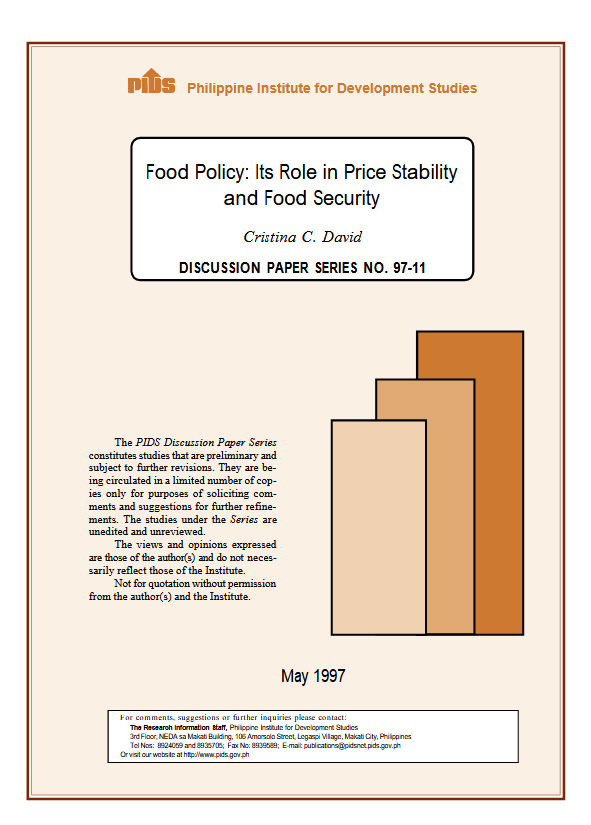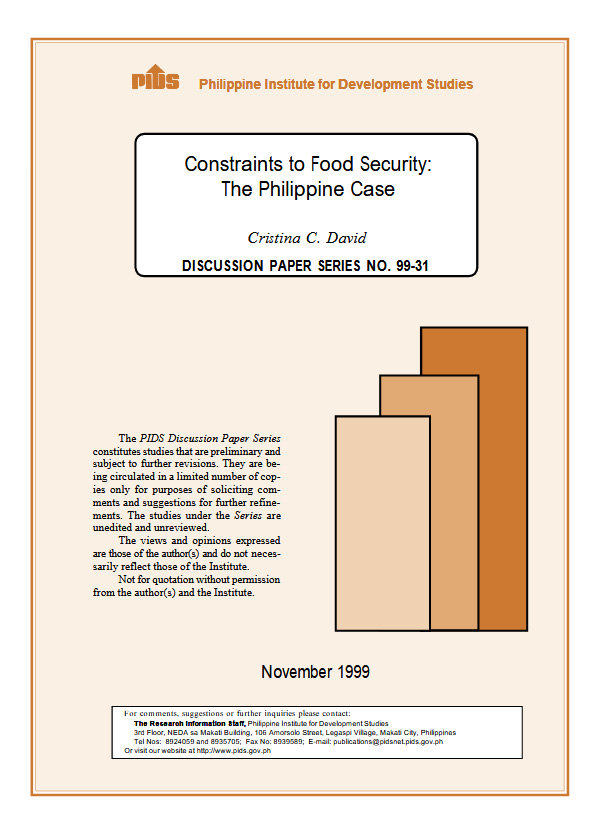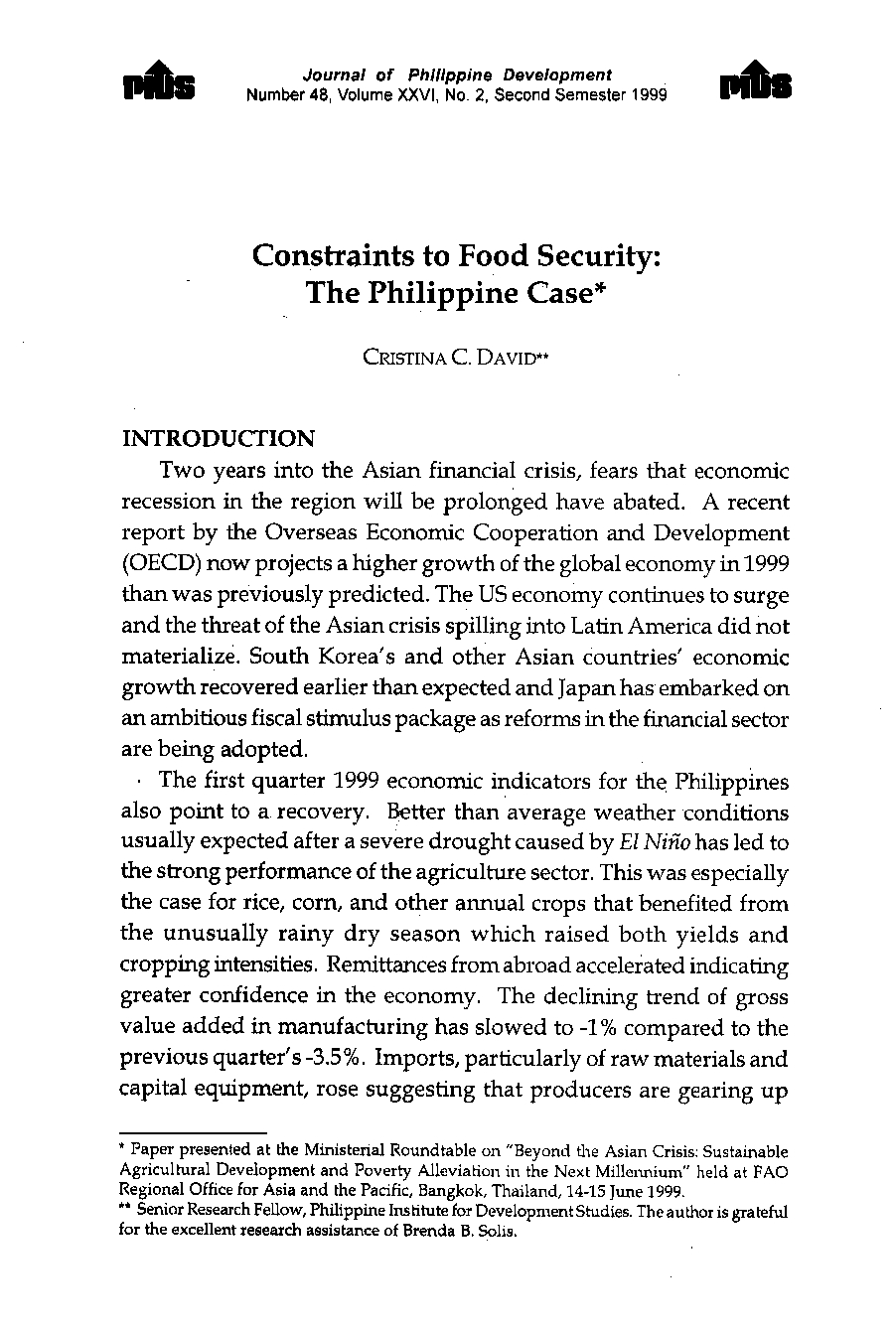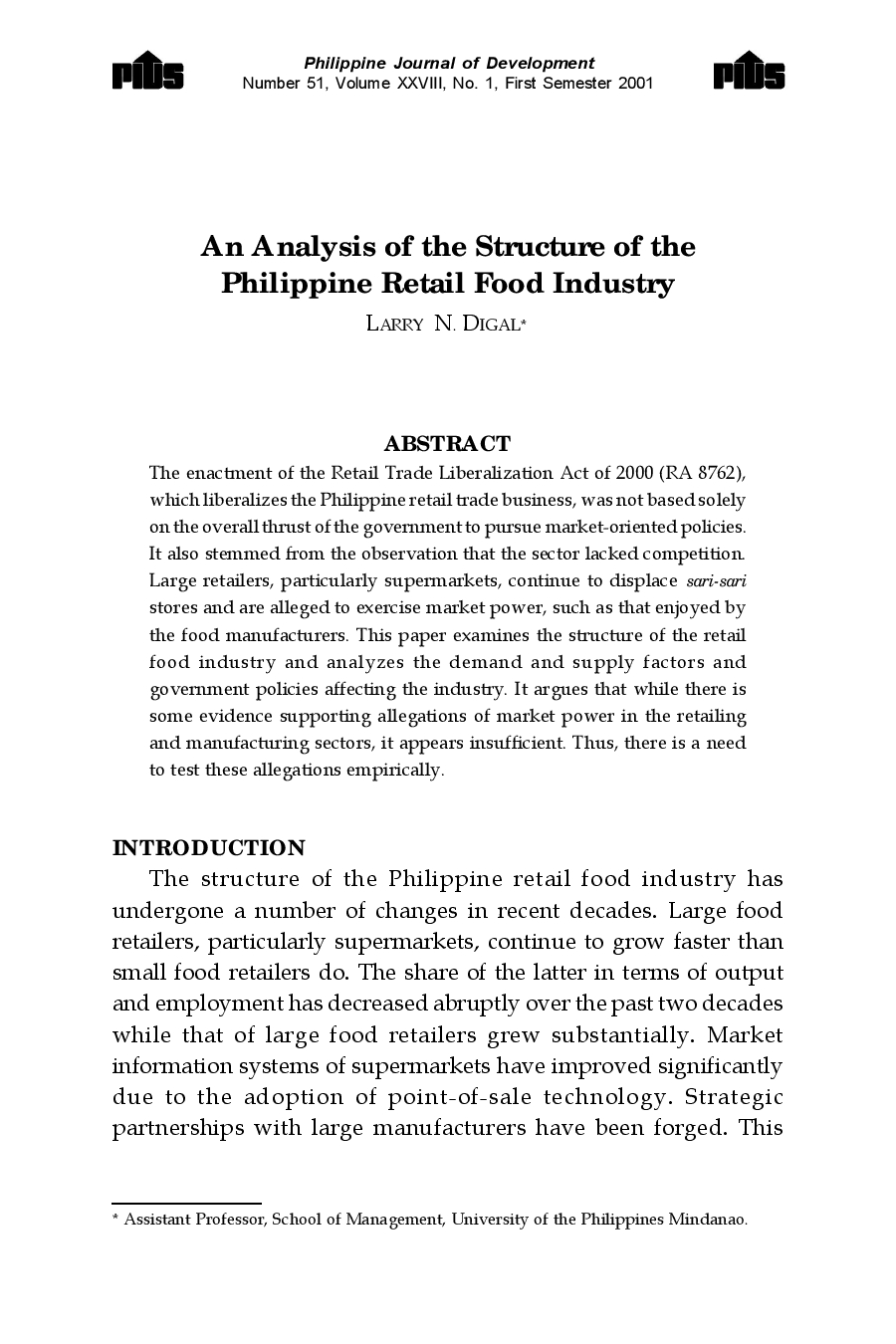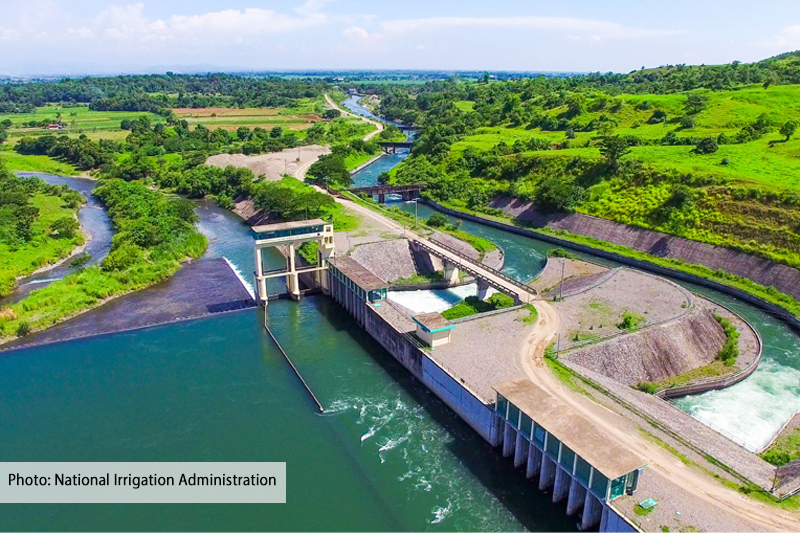Due to the increase in prices of basic agricultural commodities in 1995, food price stability and food security have again emerged as a major policy concern. This paper argues that the sharp increases in prices of rice; largely the choice and management of policy instrument have caused corn and sugar. Highly protectionist policy on tariffs imposed on sensitive agricultural products is not sustainable over a prolonged period of time. Moreover, bidding out of the right to import while retaining quotas, can minimize gross errors in timing and amount of importation.
Citations
This publication has been cited 6 times
- Abrigo, Michael R.M.. 2016. Who weans with commodity price shocks? Rice prices and breastfeeding in the Philippines. Discussion Papers DP 2016-28. Philippine Institute for Development Studies.
- Intal, Ponciano Jr. S., Leah Francine Cu, and Jo Anne Illescas. 2012. Rice prices and the national food authority. Discussion Papers DP 2012-27. Philippine Institute for Development Studies.
- Shively, Gerald, Richard T. Yao, and William A. Masters. 2008. How successful are government interventions in food markets? Insights from the Philippine rice market. Philippine Journal of Development PJD, 24, no. 1. Philippine Institute for Development Studies.
- Yao, Richard T., Gerald E. Shively, and William A. Masters. 2005. How successful are government interventions in food markets? Insights from the Philippine rice market. Staff Papers 28669. Purdue University, Department of Agricultural Economics.
- Yao, Richard T., Gerald E. Shively, and William J. Masters. 2005. How successful are government interventions in food markets? Insights from the Philippine rice market. 2005 Annual meeting, July 24-27. American Agricultural Economics Association.
- Yao, Richard, Gerald Shively, and William Masters. 2005. How successful are government interventions in food markets? Insights from the Philippine rice market. Working Papers 05-06. Purdue University, College of Agriculture, Department of Agricultural Economics.

